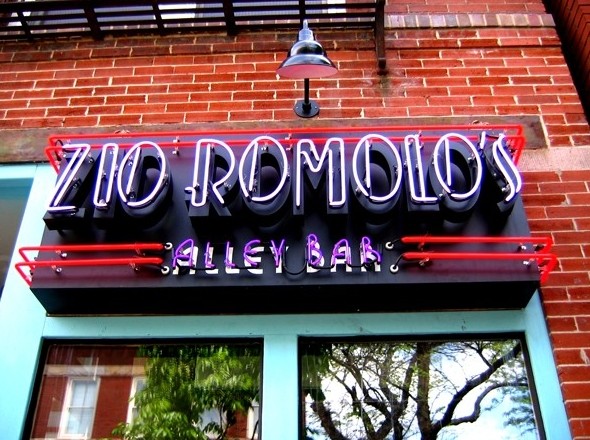Imagine a sign that whispers tales of your business’s legacy. Blade signs, with their classic charm and projecting presence, can do just that, especially for historic properties or businesses nestled in heritage districts. They add a touch of history, connecting you with customers and setting you apart from the competition. But for these time-worn districts, striking a balance between preserving the past and complying with modern regulations can be tricky. Let’s discuss some key considerations when choosing the right blade sign for your historic business, ensuring it complements your legacy and adheres to modern standards.
Design Considerations for Blade Signs on Historic Properties or in Heritage District

Compliance with Local Regulations: Familiarize yourself with the specific sign codes and guidelines established by your local historical commission or zoning board. These regulations often dictate aspects like size, placement, materials, and even color schemes to maintain the architectural integrity of the district.
Complementary Design: Choose a design that complements your building’s architectural style. For example, a Victorian building might benefit from a more ornate blade sign with scrollwork, while a mid-century modern building might call for a sleek and minimalist style.
Material Selection: Opt for high-quality and durable materials that are compatible with your building’s materials and historical context. Wrought iron, copper, and wood are popular choices for blade signs, offering a timeless look and long-lasting durability.
How to Incorporate Vintage Elements into Your Blade Sign While Meeting Contemporary Standards
Classic Fonts: Opt for classic fonts reminiscent of the era your building represents. This can be a subtle nod to the past without appearing outdated.
Color Palette: Consider using a color palette that reflects the historical period while remaining eye-catching and relevant to your brand identity.
LED Illumination: While maintaining a vintage aesthetic, consider incorporating modern LED illumination for improved visibility and energy efficiency. This allows your sign to shine brightly without compromising its historical character.
Expert Craftsmanship: Partner with a sign company experienced in crafting historical replications or signs compliant with historical district regulations. Their expertise can ensure your sign adheres to both historical aesthetics and modern safety standards.
By carefully considering these design considerations and incorporating vintage elements in a tasteful and compliant manner, you can choose blade signs that not only complement your historic business but also tell a story, attract customers, and leave a lasting impression.


